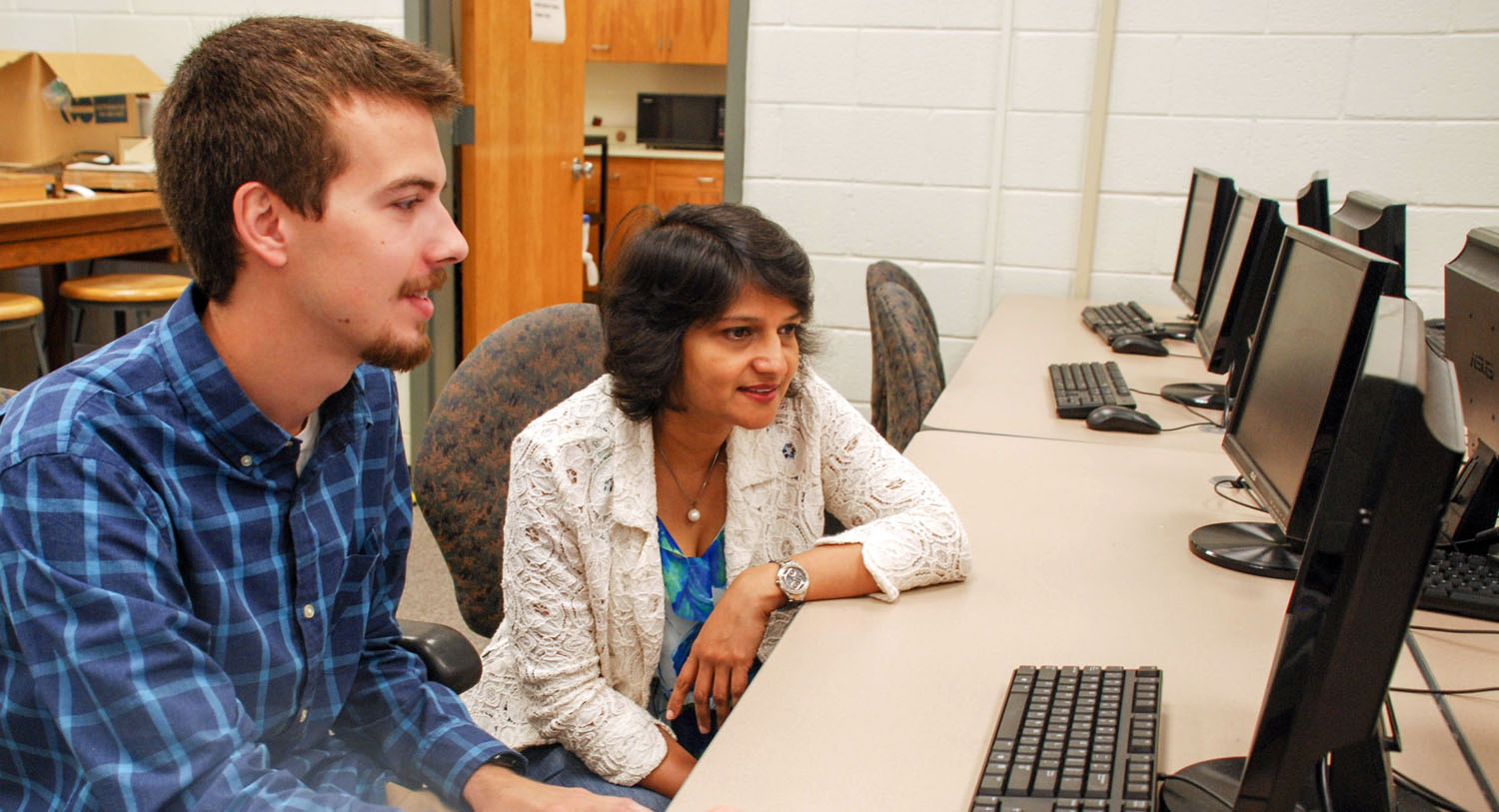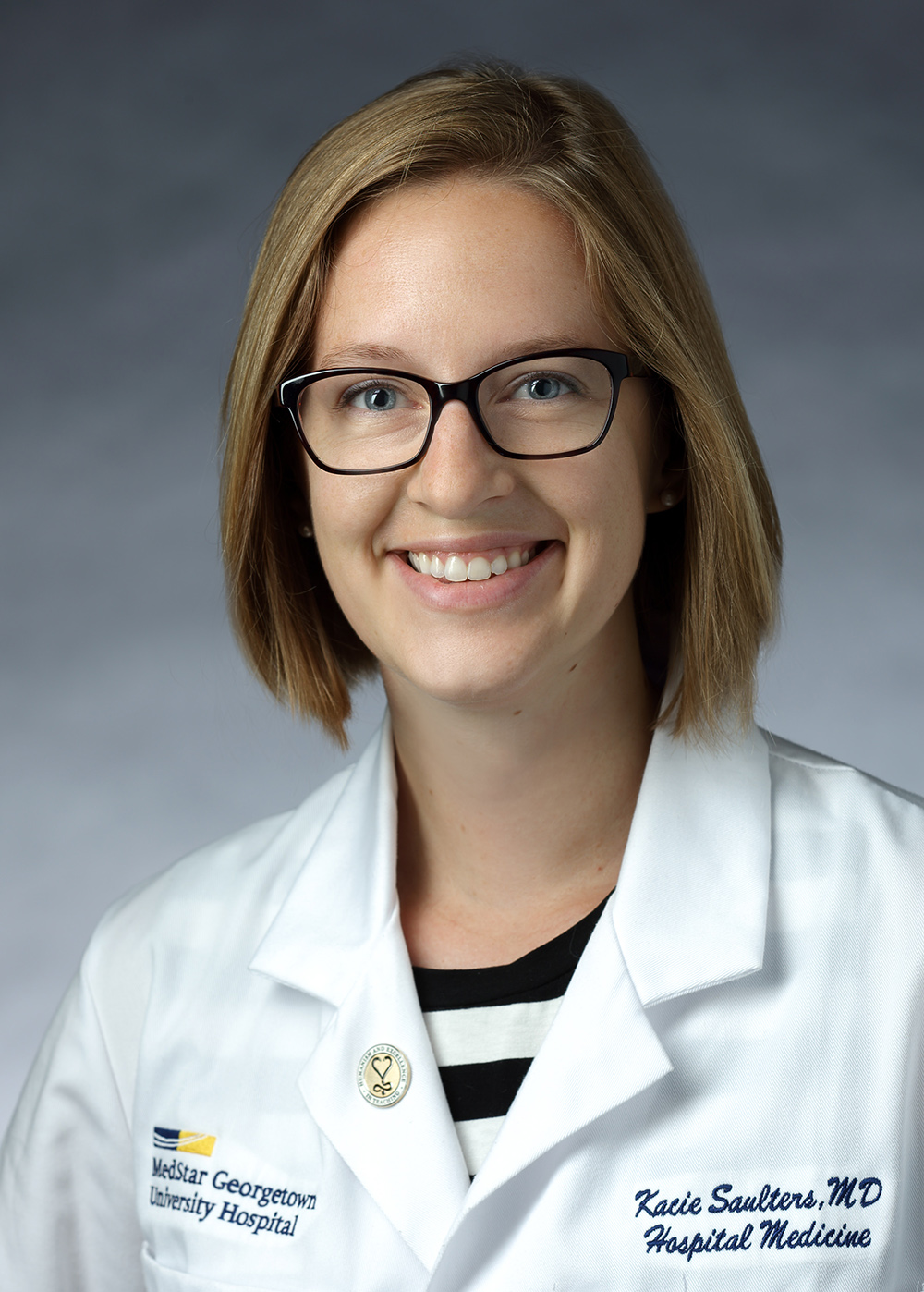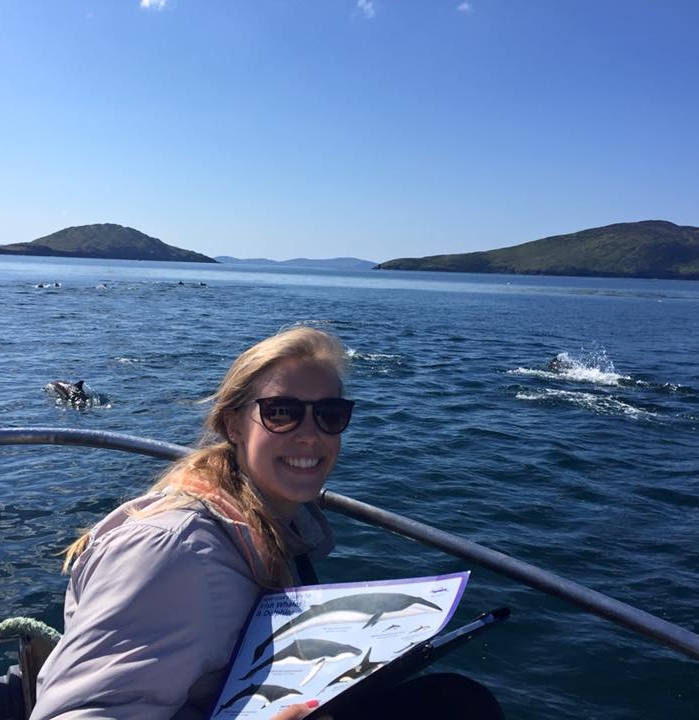
|
|
Study shows local urban areas can be as much as 18 degrees warmer than surrounding rural locations
Scientists have long understood the effect large urban areas like New York City or Atlanta have on temperature – these mega cities are warmer than nearby rural locations due to increased energy usage, the enormous presence of heat-absorbing impervious surfaces like concrete, steel and asphalt, and dwindling green spaces. Scientists refer to these heat-producing urban centers as “urban heat islands.” What is less understood is whether smaller urban areas create the same urban heat island effect.
In an effort to shed light on the heat-causing potential of small to mid-sized cities, Chandana Mitra, assistant professor in Auburn University’s Department of Geosciences, recently completed a study on whether the Auburn-Opelika and Birmingham areas create enough excess heat to be considered urban heat islands.
“In 2008 we crossed the line between urban and rural, and we now have more people living in urban areas than rural areas,” said Mitra. “Urbanization is happening rapidly; it’s a global phenomenon. The United Nations forecasts that over 70 percent of the world’s population will be living in urban areas by 2050, which is why it is imperative we gather information on how urban heat islands affect local climate change and how we can lessen human discomfort.”
Mitra, along with recent geography master’s student Andy Hug ’14, GIS Specialist for the Georgia-Alabama Land Trust, used 40 iButtons, which are highly accurate, small digital thermometers that store data, to measure temperature differences in rural and urban locations throughout Birmingham, Opelika and Auburn. They placed 20 iButtons in downtown Birmingham and surrounding rural areas, and 20 iButtons in the Auburn-Opelika area including Tiger Town, the Auburn University Hotel and Dixon Conference Center, Samford Park and various rural locations.
To read the full story, click here.
|
|
Q & A with Dr. Kacie Jackson Saulters: the journey from first-generation college student to assistant professor of medicine at Georgetown University

How did you choose to come to Auburn?
Originally I thought, given family finances, that I would attend community college prior to transferring to a four-year university. My family had always been Auburn fans so I decided to apply to Auburn, just to see what would happen. Not only did I get accepted, but I was also blessed to receive a full-tuition scholarship allowing me to go straight to a four-year university.
Tell us about your time at Auburn.
As a first-generation college student, and one of only a few high school friends who went straight to a four-year university, I didn’t really know what to expect from Auburn when I arrived. At first, I was quite nervous and didn’t get involved right away. After I transitioned into the College of Sciences and Mathematics, I started out by doing supplemental instruction for a non-majors biology class. Then, I became a peer advisor for pre-health students and a COSAM Leader. Thanks to Anne Gorden, associate professor in the Department of Chemistry and Biochemistry, and former COSAM Dean Marie Wooten, I was inspired to start a chapter of the Association for Women in Science at Auburn (AWIS); an organization that is still active on campus today. I was involved with the Auburn Christian Student Center, and spent some summers abroad in Peru and Panama doing mission work.
To read the full story, click here.
|
|
Recent marine biology graduate teaches ocean conservation in Hawaii
Jenny Roberts, marine biology ’14, is spending her summer educating a boat of tourists about Hawaiian culture, sea life and ocean conservation. In the winter months, or Humpback Whale season in Alaska and Hawaii, Roberts, who specializes in cetaceans, teaches tourists about Humpback Whale behavior and migration patterns.
“Auburn’s marine biology school is one of the greatest, and Auburn is the best place on Earth,” said Roberts.
To read the full story, click here.
|
More News:
Upcoming Events:
COSAM Today is a bi-monthly newsletter provided by the College of Sciences and Mathematics Office of Communications and Marketing.
We want to hear from you! Do you have news to share? Let us know by filling out this form. If you have questions, send an email to ceh0012@auburn.edu.
For more news about COSAM, visit the website at www.auburn.edu/cosam.
To unsubscribe from this newsletter, send an email to cosam@auburn.edu.
|



